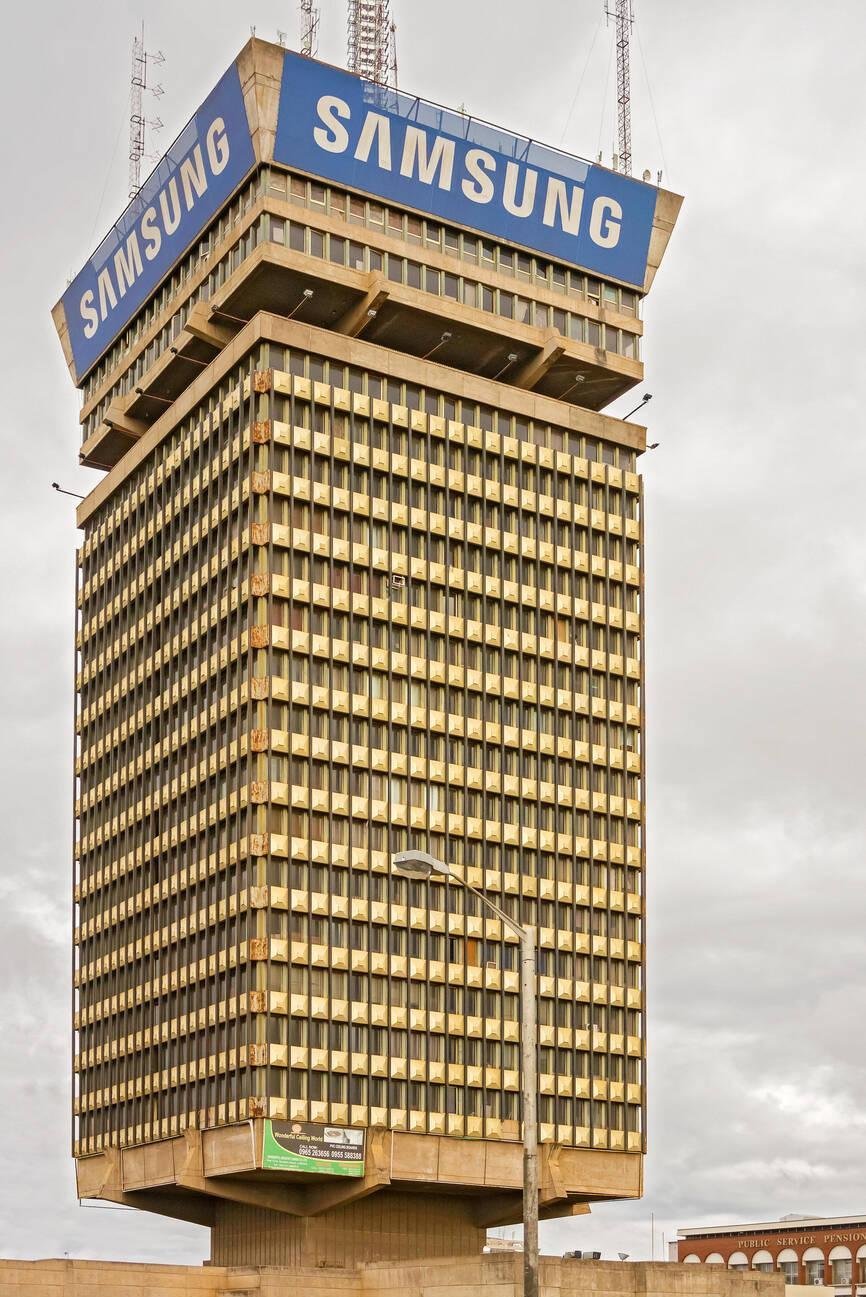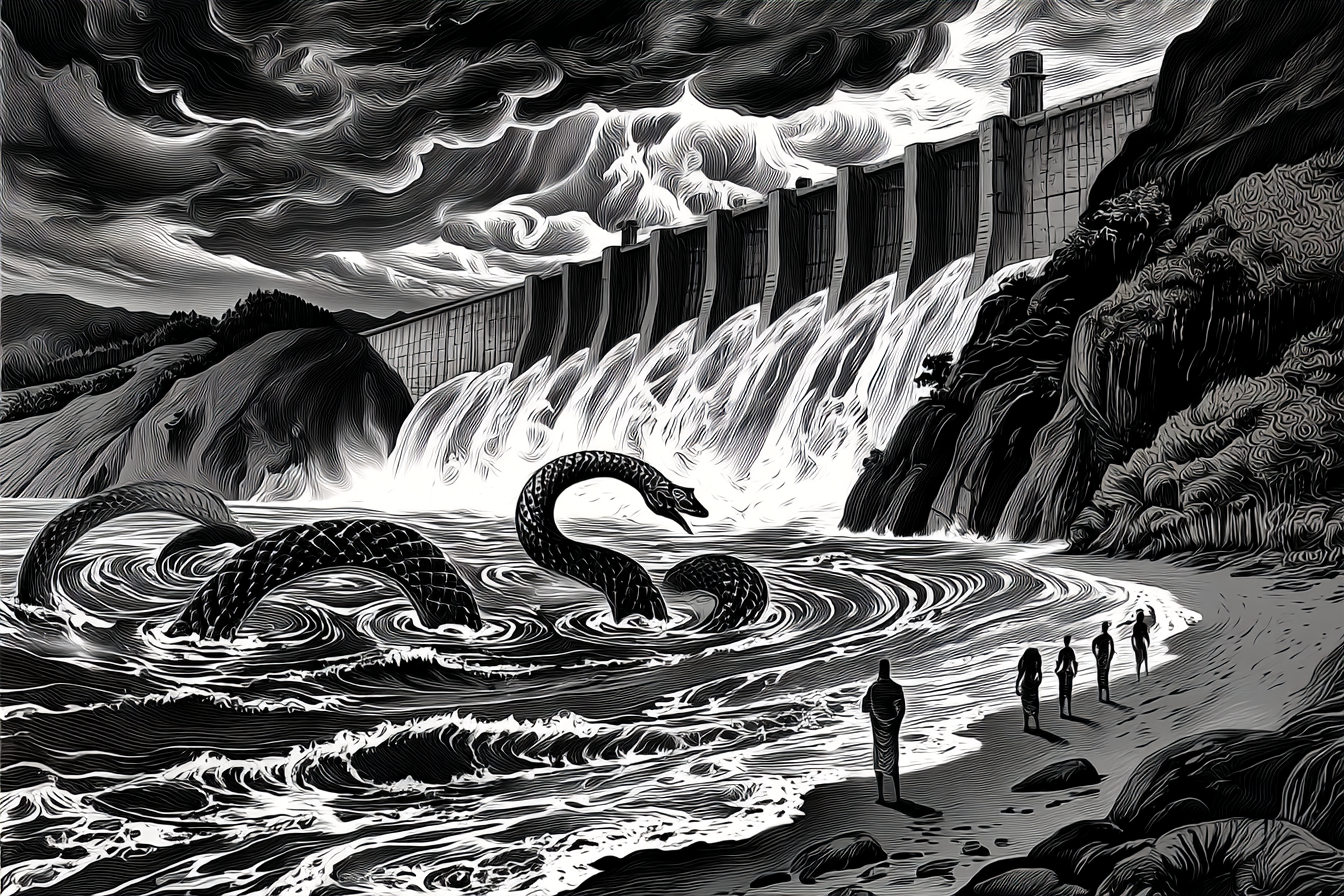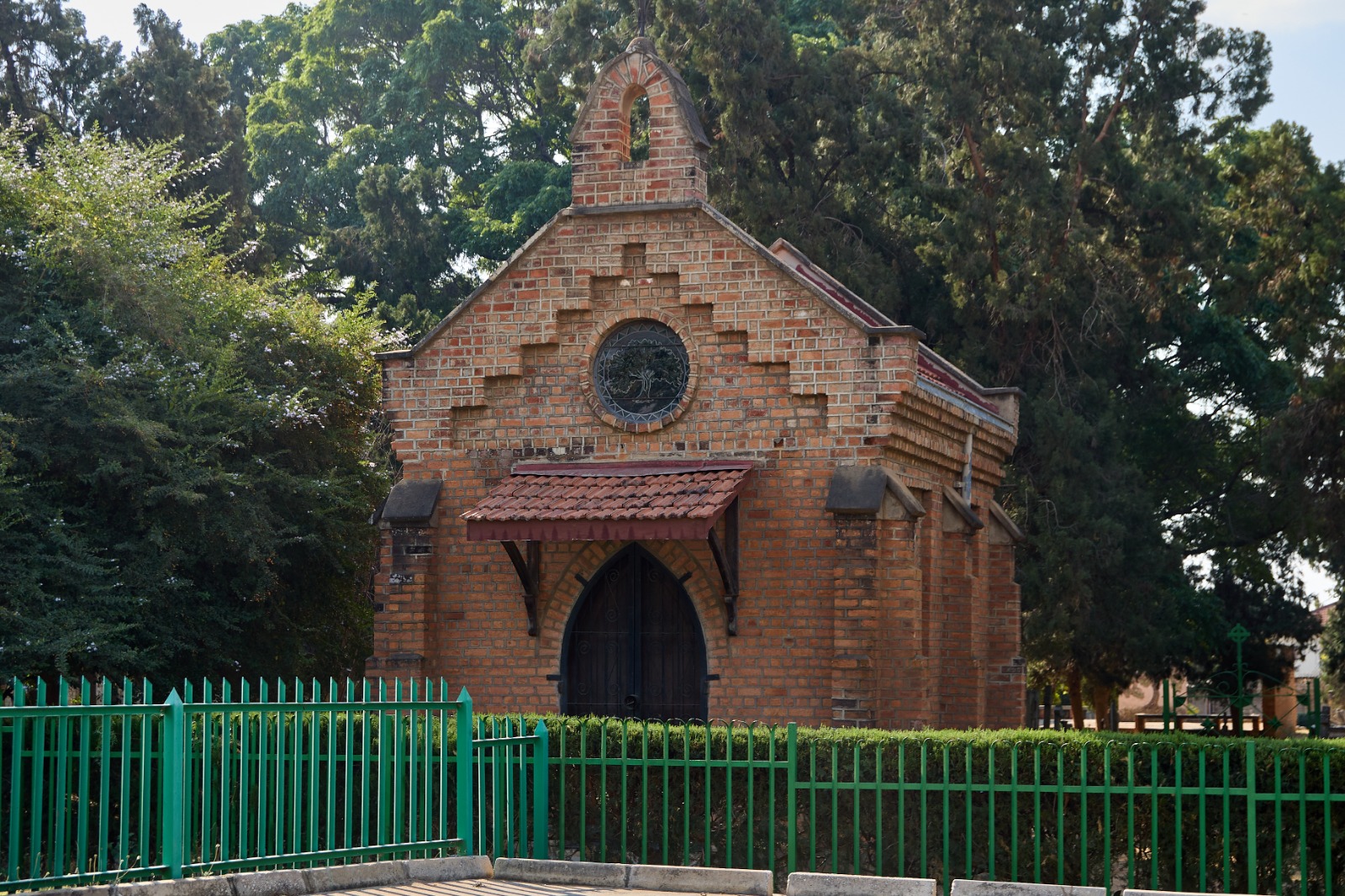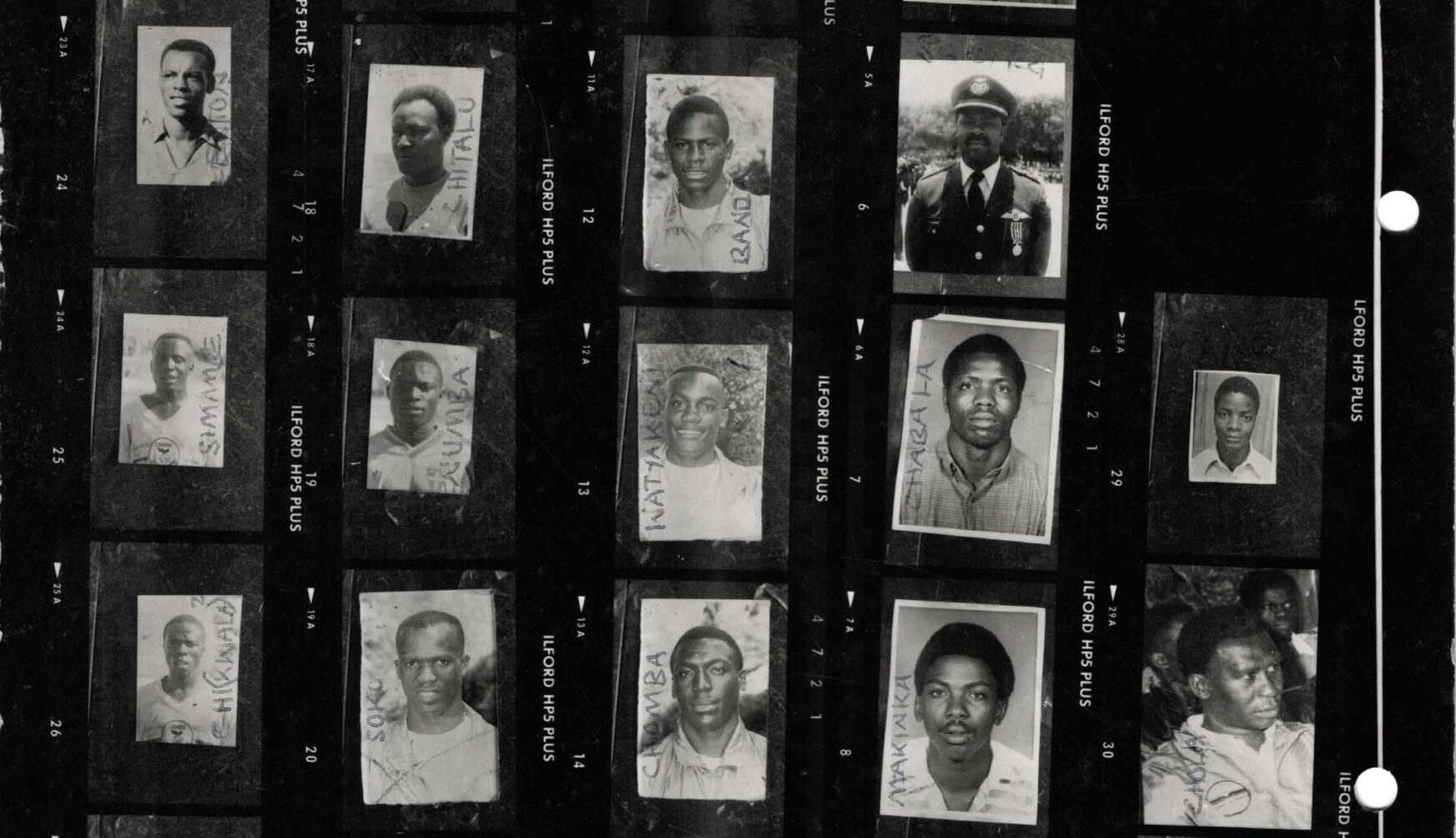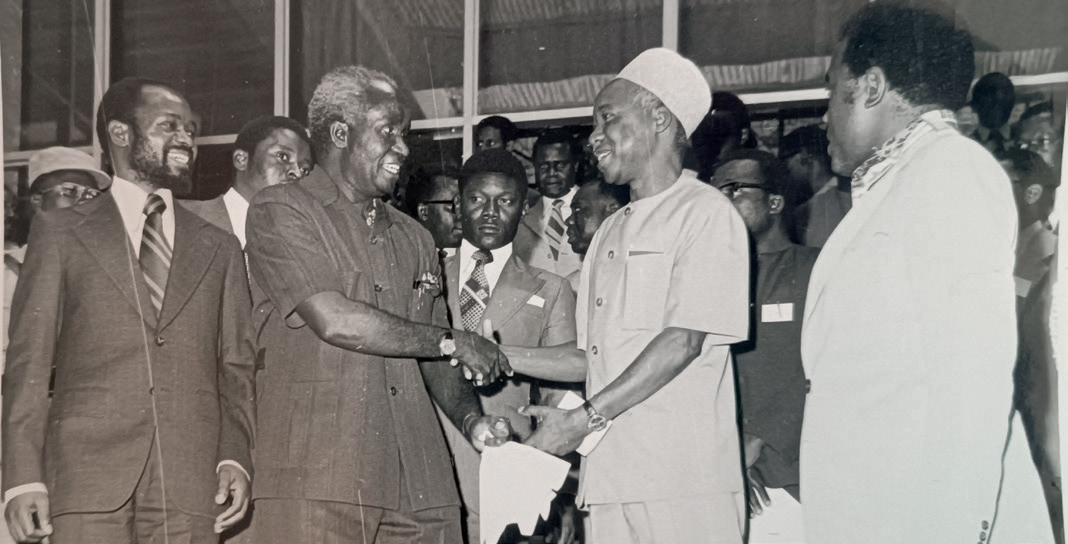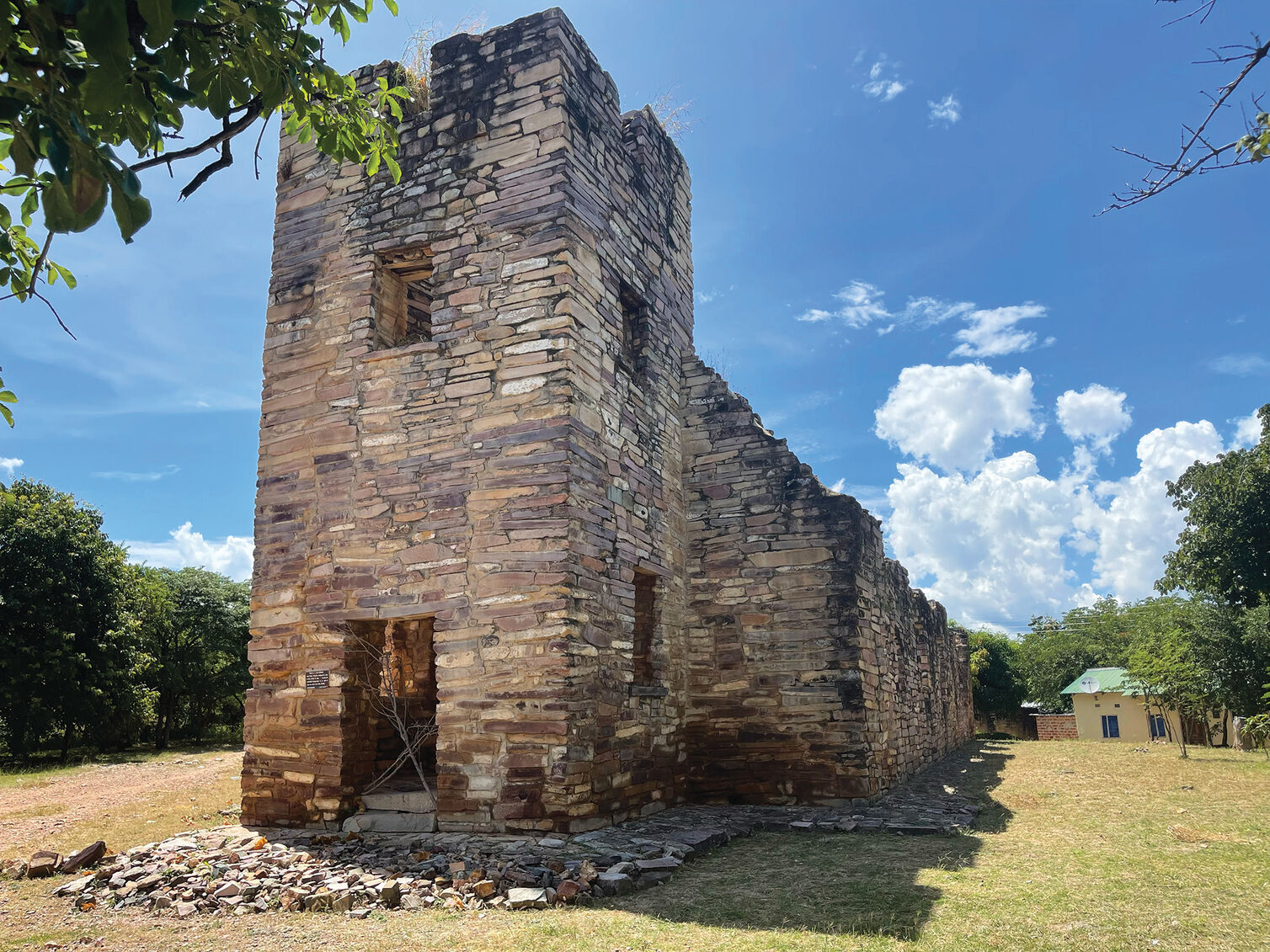India has the Taj Mahal, France has the Eiffel Tower, and the United States has the Empire State Building. In Zambia, we have Findeco House. This is, without a doubt, the most famous building in Zambia. Standing at 90 metres, Findeco House has been the tallest in Zambia since its completion in 1978, and the skyline of the Lusaka CBD would have been almost unrecognisable without it.
Findeco House is more than just concrete, glass and steel – it symbolises Zambian optimism, prosperity...and economic decline. It is a physical embodiment of Zambia’s aspirations and identity. In the 1960s and (to a lesser extent) 1970s, Zambia was one of the most prosperous economies in sub-Saharan Africa, largely thanks to its copper mining industry. New construction projects were a sign of growth and a bright future. They were a physical sign of modernisation and could instil national pride, vital for a relatively new nation that had only attained in the previous decade.

President Kenneth Kaunda commissioned the construction of Findeco House and he officially opened the building in 1978.

Standing at 90 metres, Findeco House is the tallest building in Zambia.
Construction of Findeco house began in 1971 and was completed in 1978; President Kenneth Kaunda officially opened the building that year. The funding for the construction of Findeco House was locally sourced, but the design and technical expertise came from Yugoslavia. It was designed by Yugoslavia architects Dušan Milenković and Branimir Ganović. At the time, Yugoslavia aimed to build diplomatic, economic and cultural ties with non-aligned countries (which were not aligned with the West, the Soviet Union, or any major power bloc) in Africa and the Middle East. One way they did this was through constructing projects. In this way, Findeco House, an example of brutalist architecture, symbolises Cold War-era geopolitics. Other Zambian buildings brought to life with Yugoslav expertise include the Mulungushi Conference Centre and the University Teaching Hospital (UTH).
The ‘gravity-defying’ building initially belonged to a parastatal company, the Finance Development Corporation, aka Findeco, which gave the building its name. One of the first businesses to open in Findeco House was a popular nightclub called Studio 22, co-founded by businessman Errol Hickey. Hickey was a well-known public figure who also went on to open Zambia’s first private radio station, Radio Phoenix.


Findeco House offers sweeping views of Lusaka city.
From the late 70s to the 1980s, Zambia entered a period of economic decline, and new construction projects stalled. Findeco House went from a symbol of hope to a reminder of what could be if not for the sluggish economy. Its construction began during an economic boom and was completed when Zambians started on a path to economic doom. Revenues from copper were falling, and austerity was about to become the norm.

Findeco, the company, has closed down, a casualty of the times. However, the building continues to bear its name. Its 23 floors are mostly used as offices and retail spaces, and below, you’ll find the hustle and bustle of the CBD. Vehicles congest the streets, and countless people stream by, many of whom will easily recognise Findeco House but do not know the building’s history.
In recent years, the construction sector in Zambia has been booming, but none is as recognisable as Findeco House and is as eye-catching. No other building has captivated Zambians quite like Findeco House. Even as another building, currently in construction, vies to unseat Findeco from holding the title of Zambia’s tallest building, it doesn’t hold the same level of meaning. The Pyramid Hotel, built in Lusaka and near completion, has 27 floors, four more than Findeco House. Its facade shows signs of neglect and wear and tear from the over 40 years it has dominated the Lusaka skyline. But it continues to stand the test of time. Findeco House symbolises Zambia’s past and remains a part of its future. It reminds us of past aspirations, what could be and where we can improve, even as new buildings continue to go up and the country’s architectural landscape changes.

The Pyramid Hotel in Lusaka, currently under construction, is set to have 27 floors and take over Findeco House long-held record of being the tallest building in Zambia.
